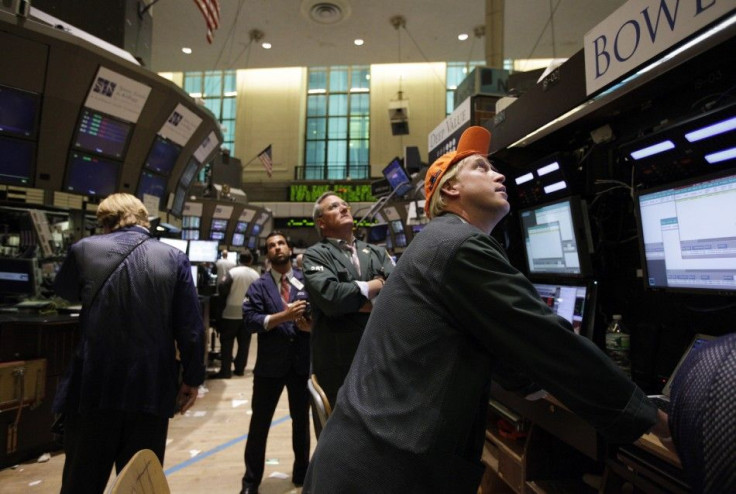U.S. Stock Market: Who Is In Charge Now -- Bulls or Bears?
Analysis

To say it's been a discomforting time for U.S. stock investors lately would be an understatement.
Sovereign debt concerns in Europe and a credit downgrade of the U.S. government by Standard & Poor's have jolted investors, with the Dow Jones industrials plunging more than 10 percent over the past two weeks.
And then on Tuesday, after investors didn't get the much-sought third stage of quantitative easing stimulus from the U.S. Federal Reserve, the Dow plunged 270 points in the first 20 minutes after the Fed's decision...only to rebound, rocket higher, and close up an astonishing 430 points to 11,240.
The catalyst for the late-session rally? The Fed's statement that it plans to keep short-term interest low until mid-2013, which replaced the Fed's "extended period" language for low short-term interest rates to stimulate the economy
Well, so glad things have calmed down on Wall Street. Right.
What's Next for Dow?
What's ahead? Here are the arguments:
The bears argue that absent adequate, sustained, monthly job growth of at least 150,000 to 200,000 new jobs per month, the U.S. economy will continue to grow, at best, at a tepid rate, weighing on both corporate revenue growth and earnings growth in the immediate quarters ahead. Hence, the bears see a Dow falling to the psychologically-significant 10,000 level, and possibly to 8,700 to 8,800.
The bulls argue that the Fed's commitment to low interest rates through mid-2013 will telegraph to companies that borrowing rates remain conducive to expanding operations, and when combined with modest median income growth by consumers, those two factors should be enough to enable the U.S. economy to progress to a self-sustaining expansion -- Fed Chairman Ben Bernanke's goal.
From a technical analysis standpoint, the bears hold the edge: the Dow is below the key 50-day moving average at 12,194 and below the 200-day moving average at 11,999 -- an even tougher average to break. There's also a lack of buying pressure -- another bearish factor.
That said, if the bulls can hold technical support at/near Dow 10,700 to 10,800 it could serve as a base for a new rally.
Market/Economic Analysis: Look for choppy, volatile trading to continue, until institutional investors can reach a consensus concerning whether the Fed's new, two-year low-interest-rate stance will provide enough stimulus to rev-up U.S. GDP growth.
Further, many stocks are selling at low valuations, but this isn't a market for squeamish investors.
© Copyright IBTimes 2024. All rights reserved.











